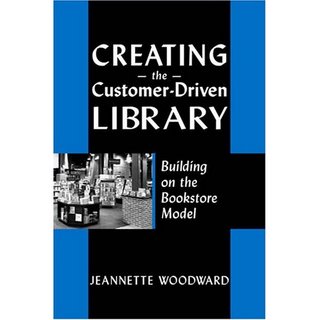
Prior to coming across Tim O’Reilly’s “What is Web 2.0," I was still lost in the maze that is now referred to the new web 2.0. Blogging, Wiki's, podcasts, etc. etc. were merely a rehash of previous technologies. (I realize I've been harping on this point for ages - so I apologize for the repeat). However, O'Reilly allays my suspicion with the opinion that Web 2.0 is not meant to be a radical transformation - it is not meant to systematically alter the internet as we know it. Rather, Web 2.0 is a progressive and more interactive approach to online information.
The concept of "Web 2.0" began with a conference brainstorming session between Tim O'Reilly and MediaLive International. O'Reilly, who actually majored in Classics but moved onto the computer manuals business, realized that companies that had survived the collapse all had some things in common. To O'Reilly, the dot-com collapse marked a turning point for the web.
But there's still a huge amount of disagreement about just what Web 2.0 means, with some people asserting that it as a marketer's buzzword, while others take it as the holy grail. (I was somewhere in the middle). O'Reilly's article is definitely worth a read for those uninformed about social software or skeptical about its applications. Here are some of his main points:
Web 1.0 ------verus ------- Web 2.0
DoubleClick ----------------> Google AdSense
Ofoto ----------------------> Flickr
Akamai ---------------------> BitTorrent
mp3.com -------------------> Napster
Britannica Online ------------> Wikipedia
personal websites ------------> blogging
evite ------------------------> upcoming.org
domain name speculation----> search engine optimization
page views ------------------> cost per click
publishing -------------------> participation
content management ---------> wikis
directories (taxonomy) -------> tagging ("folksonomy")
stickiness -------------------> syndication
Does this look eerily similar to the modern/postermodern dichotomy so hotly contested within academic circles? Sure does to me. But this is a good thing, and a worthwhile discourse in LIS. I see the future of library and information science, and it is headed in the direction of Web 2.0. I feel that we are on the cusp of something great, something that is only starting to unfold. However, there is no "true" concise definition for "Web 2.0" - nor should there be. It should continually contrast and challenge the way we perceive and use information as librarians and information professionals. The next stage in this evolution? Mashups. More on that to come....





 And we're off! Change for this blog has forever been at the back of my mind throughout the latter stages of the summer; I've been planning how to establish a new look for quite a while. (Not to say that the previous design wasn't adequate -- it was time for a change). Here's the push that paved the way for this to be done:
And we're off! Change for this blog has forever been at the back of my mind throughout the latter stages of the summer; I've been planning how to establish a new look for quite a while. (Not to say that the previous design wasn't adequate -- it was time for a change). Here's the push that paved the way for this to be done: 







